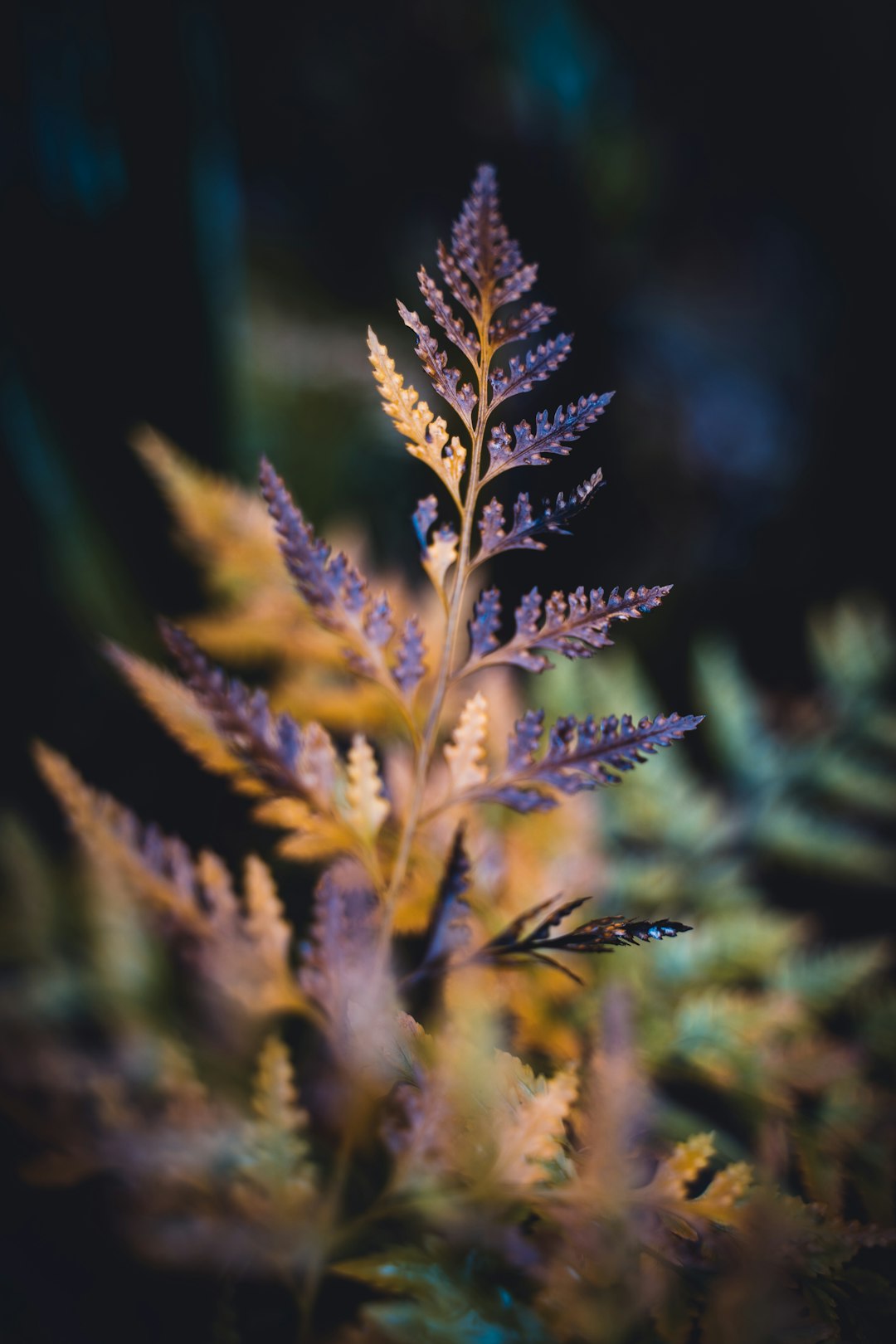60 utenti della rete avevano questa curiosità: Spiegami: what is grass? Why and how is grass everywhere, what does it do for the environment and nature?
Spiegami: what is grass? Why and how is grass everywhere, what does it do for the environment and nature?
Ed ecco le risposte:
Im a Plant Biology grad, not Terf Science, but here’s what I know. Grass is just a very successful plant. It grew alongside “weeds” (anything is a weed if it is unwanted, here I’m referring to things we today may consider a weed) and spreads very easily through seeds passed using the wind and animals walking through. Grass was “domesticated” by Westerners as a status symbol, because think of how many servants/slaves you’d need to cut an estate’s rolling acres with a scythe!!
The way grass grows now and the culture around it is actually harmful for the environment. Chemical treatments to kill weeds and fertilize grass often stray from the lawn and get into the surrounding environment, and eradicating “weeds” is really just creating a monoculture. This could be compared to people cutting down a forest to grow a single species of tree for harvest. It means that the bugs that used to be able to pollinate clover and dandelions in your yard will have to find somewhere else to get their food. A lot of terf grass also isn’t native, it is introduced from somewhere else and only exists in our yard because someone put it there. There are actually grass farms called sod farms where they grow grass for houses in subdivisions and then ship it all over the place.
Constantly cutting grass also removes habitats for bugs and other small animals, and can promote erosion, where water eats away at your dirt and creates small craters. The grass we grow as terf also has a shallow root system. This is partially the variety and partially because we cut it constantly. This promotes erosion underground and on the edge of a water system like a river or lake. It has been found that cutting your grass can actually increase the amount of mosquitoes in your yard too!
Many species of native grasses are actually very beneficial if left to their natural life cycle. They have deep root systems that provide stability for the earth and a healthy environment for small bacteria and fungi that live in the soil and keep it healthy. They create seeds and habitats for bugs, birds, and other small animals, especially in winter. They also can provide “winter interest” in a landscape because they add texture to a snowy lawn.
TLDR; grass is everywhere because we let it be; and if allowed to grow naturally can be great for the environment, but if over managed can be devastating.
There are as many types of grass as there are types of trees. Humans cultivate certain types of grass because lawns used to be an indication of wealth. But naturally occuring in the wild, it fits into the ecosystem like any other plant. Animals eat it, shit it out, spread seeds, etc.
I just listened to a great “Stuff You Should Know” podcast on grass. It’s maybe more of an ELI9 level, but is is a great, easy to digest account of the history of grass and well worth a listen (all their podcasts are really, but given the topic you’ve chosen to ask about here probably start with that one 😉
What would be considered a good alternative to grass? I’d like to have a yard that is good for the environment but doesn’t look like a wild field.
Grass is detrimental to ecosystems when applied the way humans do. Monoculture means many of one species in one spot. Monoculture is not found in 99%+ of nature. Grass or other monocultures creates biodiversity-deserts. A place where other species can not survive. Essentially, our vast amounts of lawns do not support life.
In the case where critters can eat the monoculture, such as a wheat field (also grass), you create the conditions for a surge in grasshoppers. Meaning the farmers now have to spray poison all over the place, which makes it into our food supply.
Constantly mowing the grass also leads to erosion. This topsoil washes away and pollutes the waterways, leading to aquatic dead zones.
Grass around trees is detrimental to the trees if the grass is being mowed. Everytime a plant grows, it takes minerals from the soil. Mowing it removes these minerals and exposes the topsoil to erosion. This is evident when you look at a tree in a lawn and can see the roots exposed. Trees in this scenario grow at about 10-20% of their potential per year. You can boost them to 100% of max potential by applying the landscaping techniques I do in this image album
As a civilization, grass lawns is one of the most stupid things we can be doing. Billions of hours of maintenance, chemical inputs, and money wasted on something can could be growing food instead.

